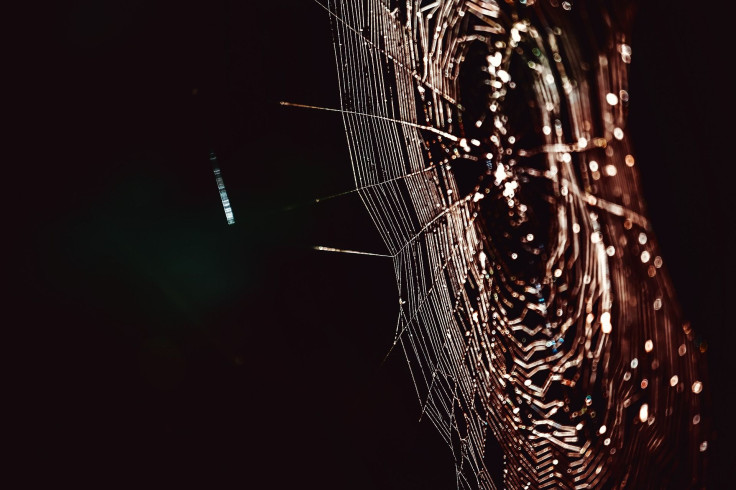'Like Spider-Man': Video Shows Australian Ant Slayer Spider's Acrobatics To Capture Prey
KEY POINTS
- Ants are considered "dangerous" prey as they can fight back and kill their predators
- The footage is slowed down to show the ant slayer spider's incredible skills in capturing prey
- The spiders have an "extraordinarily high prey capture success rate" among predators of ants
How does the Australian ant-slayer spider conquer its ant prey when they're quite dangerous and larger than them? A team of researchers captured the "fabulous" acrobatic way in which they do it, quite "like Spider-Man."
The ant slayer spider has a rather odd choice of prey: banded sugar ants. Myrmecophagy, or the feeding behavior that's specific to predators of ants and termites, is considered rare because ants are considered to be dangerous prey since they can actually fight back and kill their predators, the researchers said in their paper, published in the Proceedings of the National Academy of Sciences.
"Ants are considered dangerous, and only ~0.3% of known spider species feed on ants," the researchers wrote. "Myrmecophagy is rare among most other taxa too, likely because ants have strong mandibles, the ability to spray formic acid, and strength in numbers."
In the case of the ant slayer spider, it's odd and even more so because banded sugar ants can be twice the spiders' own body length. So how do they do it?
For their study, the researchers filmed the way in which the ant slayer successfully captures its prey. Both species live on eucalyptus trees, the researchers noted, with the spiders hiding during the day and hunting for ants at night without the use of a capture web.
To capture their prey, the spiders first tie themselves to the tree trunk while waiting for the ant, reported Phys.org. Once the ant has appeared, the spider jumps into the air and performs some rather acrobatic movements in a split second so their prey won't be able to escape. Once the ant cannot move, the spider entangles the ant with silk and injects it with venom. After the ant has died, it will then be detached from the trunk and carried away to be fed on.
In the videos captured by the researchers, shared by ScienceX, one can see how fast the spider moves in the normal speed video. But as the clip is slowed down, the impressive acrobatic movements of the predator become more apparent.
"It has this crazy way of hurtling itself at an ant, doing this fabulous cartwheel then, like Spider-Man, attaching a piece of silk in mid-air to the ant," study senior author, Mariella Herberstein of Macquarie University, said per The Guardian. "Then it keeps on twirling away from the ant while the ant is being captured. At that stage [the prey's] fate is sealed."
"While the acrobatic strikes took less than a second, spiders spent significant time immobilizing and killing the prey during the second phase," the researchers wrote.
Macquarie University scientists uncover Australian ant-slayer spider’s hunting secrets: https://t.co/jqpK4jLEYV @MarieHerberstei @bioarach pic.twitter.com/WxmqtY2YZb
— Macquarie University (@Macquarie_Uni) September 20, 2022
The ant slayer's acrobatic techniques seem to be effective, as the hunts were successful in 85% out of the 60 cases they observed. In fact, the ant slayer is said to have an "extraordinarily high prey capture success rate" compared to other predators that specialize in ants.
By comparison, another species that also hunt ants, the feather-legged assassin bug, only successfully captures its ant prey 2.5% of the time.
"(D)ue to technological advances allowing for infrared high-speed videography, we have been able to describe what appears to be an almost flawless strategy to capture dangerous prey," the researchers wrote. "While relatively fast and easy access to unlimited prey is the likely main benefit, the potential costs of this strategy remain elusive."

© Copyright IBTimes 2024. All rights reserved.






















